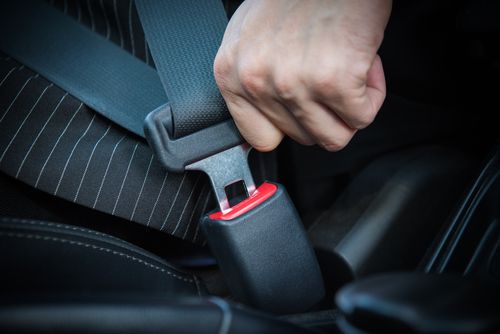 Speeding is a primary factor in many traffic injuries and fatalities. It affects the driver, the vehicle, and the road, reducing reaction times to avoid a crash, increasing stopping distances, and lessening the effectiveness of road safety structures. Yet even though we know this, speed was still a factor in 26 percent of the US traffic fatalities, killing 9,478 people, or just over 25 people a day.
Speeding is a primary factor in many traffic injuries and fatalities. It affects the driver, the vehicle, and the road, reducing reaction times to avoid a crash, increasing stopping distances, and lessening the effectiveness of road safety structures. Yet even though we know this, speed was still a factor in 26 percent of the US traffic fatalities, killing 9,478 people, or just over 25 people a day.
A crash is speeding-related if the at-fault driver received a speeding ticket, or if the driver was racing, driving too fast for the current conditions, or exceeding the posted limit was a contributing factor in the car accident. The good news is that speeding-related deaths have declined from 32 percent of traffic fatalities to 26 percent in the last decade. Still, speeding remains dangerous. For more information, reach out to a Long Island car accident lawyer.
For a free legal consultation, call 516-451-7900
What Is Speeding?
At its simplest, speeding is driving a car or other vehicle at a higher speed than is safe for the conditions or legal in the place. Most states have two types of speeding laws, “absolute speeding limits” and a “basic speeding law.”
The basic speeding law prohibits driving your vehicle at a higher speed than is reasonable and prudent under the current conditions regarding the actual and potential hazards that exist at that time. In essence, the law says you must always drive at a safe speed, and what is safe will depend on the facts and circumstances at the time and place.
The absolute speed limits are much more straightforward. If you exceed the posted speed limit, you are violating the law. Generally, the maximum speed limit in urban areas is 55 miles per hour, lower than in rural areas. The speed limit will vary depending on the nature and characteristics of the road or freeway in question.
Penalties for Exceeding the Speed Limit
Violations of the basic speeding law carry fines of up to $100 and may also include up to 15 days in jail.
Violations of the absolute speed limits carry fines of up to $600 and 30 days in jail, with the amounts depending on the circumstances, including the speed you were doing. The state will enhance the penalties if you were speeding in a school zone, the maximum fine rising to $1,200.
A speeding violation will usually add at least points to your driver’s license. If you accumulate certain points within a specified time frame, the state will suspend your license. It does not matter how you reach that number, as any excessive point total earns a mandatory suspension.
Driving 40 miles per hour over the speed limit is often several points and even enough for an immediate suspension in some areas. While you might not think of speeding as a big deal, state law does, and states regularly take away driver’s licenses for speeding violations.
Points remain on your license for some time, and insurance companies get to see your driving record so that any points can affect your insurance rates for years. If you have points for speeding, your insurance company will know, and it will likely charge more for your coverage.
The Driver Responsibility Assessment (DRA) is a special fee assessed by the state against drivers who have more than five active points against their license. If you don’t pay the fee, the state can suspend your license.
Suspensions stay on your record for a long time. Like those for medical reasons, administrative review suspensions fall off your record when they are no longer valid. Suspensions due to points, multiple violations, and failure to pay your DRA stay on your record for four years. However, suspensions for failing to take a blood alcohol content test will stay on your abstract for five years. An actual DUI conviction will remain on your record for 15 years, while a DWAI (driving while impaired by a drug) stays for ten years.
Click to contact our personal injury lawyers today
When Does Speeding Become Reckless Driving?
Many laws state that you are engaging in reckless driving when you operate a vehicle in a way that unreasonably interferes with the “free and proper use” of the highways. It is also reckless to unreasonably endanger others. Be aware that reckless driving earns you five points against your license and is also at least a criminal misdemeanor, leaving you with a permanent criminal record.
In some states, a driver can receive a sentence of up to 30 days in jail for reckless driving, and a third offense is 180 days. They will also get more points on their license and pay fines. The penalties increase with multiple offenses. A criminal record can affect access to housing, acceptance to college, and financial aid. The conviction can even potentially impact immigration status.
While the criminal penalties for speeding and reckless driving are costly, the injuries due to reckless drivers have even costlier consequences.
Complete a Free Case Evaluation form now
What Typically Causes Speeding Accidents?
The National Highway Traffic Safety Administration (NHTSA) says that driving too fast for conditions is the number one cause of traffic fatalities in the United States. Speeding has a tremendous impact on the operation of your vehicle, and this impact contributes to the risk of a traffic fatality.
Among the consequences and effects of speeding are:
- Increased likelihood of loss of control of the vehicle
- Reduced effectiveness of built-in vehicle safety equipment
- Reduced reaction time
- Increased severity of the crash, leading to more damage and more severe injuries
- Increased likelihood of severe organ damage
- Increase stopping distance for a vehicle of any size
All of these factors contribute to the rate of fatalities in high-speed accidents.
What Are Common Injuries in Speeding Accidents?
In a high-speed accident, every part of your body runs the risk of a severe or catastrophic injury with a high possibility of fatalities. Some of the more common injuries in a high-speed accident include:
Traumatic Brain Injuries – The strong forces during a high-speed collision can cause your head to whip back and forth or forcibly contact the steering wheel, dashboard, windows, and flying debris. This impact causes your brain to crash against the side of your skull and, if sufficiently violent, can tear tissues holding and connecting parts of the brain. Such blunt force can result in concussions, traumatic brain injury, and other head injuries.
Pay close attention to any concussion or TBI since even seemingly mild brain trauma can result in potentially fatal complications. Remember, your doctor’s “mild TBI” designation relates only to the initial presentation of symptoms and not to your overall prognosis. TBIs that medical professionals initially deem mild can still be severe injuries resulting in severe and lasting effects and complications. If you are diagnosed with any TBI, you should remain on watch for any symptoms of complications or lingering effects.
Seat belt Injuries – Seat belt injuries are common in high-speed crashes because of the forces generated by the collision. Although the seatbelt is an important car safety feature that holds you in place, it can also cause significant damage to your torso. It functions as an immovable object met by the force of your upper body during a high-speed collision. This prevention of movement means the force breaks bones. The higher the speed in the crash, the more likely you are to have broken ribs or collarbone
Internal Organ Damage – The impact to your torso in a high-speed collision can bruise your heart and lungs. It may also further damage them and other organs as they hit the chest wall. The rapid and severe movement can also tear and rupture your organs, while broken ribs can puncture lungs and damage other organs. Given all of this potential damage, internal bleeding is frequent and can be fatal if not treated quickly. Finally, all of these forces can cause your intestines to rupture, leaking their contents into the abdominal cavity and causing infection and peritonitis.
Soft Tissue Injuries – In a high-speed collision, your body moves unnaturally, leading to extensive stretching, bruising, and tearing of these tissues. One of the more well-known soft tissue injuries is whiplash, which can range from mild to a lifetime struggle with chronic pain and loss of mobility. Other muscles and ligaments can heal slowly, requiring rehabilitation and perhaps surgery to heal completely.
Broken Bones – Your head and upper body will move forward until the seat belt stops them by exerting an opposite force. These forces mean that your head and limbs can hit parts of your car and be jerked still by the seat belt. Either or both of these can easily break bones.
Burns & Scarring – High-speed traffic accidents can damage your fuel tank, leading to leaks, fires, or explosions. Either of these can result in devastating burns to occupants of the vehicles. Burns heal slowly, often requiring extensive surgeries, leaving disfiguring scars, and causing loss of mobility. These can contribute to emotional disorders.
Steps to Take After a High-Speed Car Accident
- Check yourself and your passengers for injuries
- Call 911 or the police
- Seek medical care as soon as possible follow through on any assigned treatments
- Determine whether it’s safe to leave your vehicle and whether it’s safe to stay
- Reduce fire risk by not smoking and turning off the engine.
- Locate your first aid kit and use it.
- Get out of your vehicle if there is any possibility of danger
- Exchange contact info and insurance information with the other drivers
- Try to get contact information from any potential eyewitnesses
- Take photos of the scene and make notes
- Stay off of social media about your accident, as insurance companies can use anything you say against you
- Contract an experienced and knowledgeable car accident attorney
What Compensation Can You Recover?
There are three types of damages available in a personal injury car crash case, and state laws vary regarding whether any of these damages have maximum limits. New York, for example, does not apply a cap to any of them.
Economic Damages – Economic damages are those easily provable out-of-pocket expenses and losses caused by your accidents.
Among those expected in a high-speed collision are:
- Damage to your vehicle and its contents
- Medical and hospital bills
- Rehabilitation and assistive staff and equipment
- Transportation to medical appointments
- Lost wages
- Diminished earning capacity
Generally, you can prove economic damages with paid invoices, bills, or wage statements.
Non-Economic Damages – Non-economic damages are more subjective and less easy to prove than economic damages. They tend to be expenses or losses carried far out into the future and often require expert testimony for calculating the amount to be awarded.
Some of the kinds of non-economic damages include:
- Pain and suffering
- Bodily disfigurement & related emotional disorders
- Injured reputation
- The emotional impact of a disability
- Loss of companionship or affection
- Loss of enjoyment of life
- Loss of sexual intimacy or sexual function
- Loss of executive function
Punitive Damages – Punitive damages are rare in personal injury cases. While not intended to compensate the victim, any award will go to the victim. Punitive damages punish the at-fault party for conduct that shocks the court and approaches intentional misconduct. The award also deters others from the same conduct.
How Can a High-Speed Car Accident Attorney Help Me?
If you or a loved one has recently been the victim of a high-speed car crash, you should not be spending time and energy fighting with insurance adjusters and attorneys whose dream in life is giving you the smallest possible settlement. Insurance companies are profit-making enterprises. They make profits by paying out less in benefits than they take in in premium dollars.
One of the ways they achieve this goal is by delaying and obfuscating the settlement process. At the same time, you become more stressed about your physical and mental health, your reduced income, and your significantly increased outgo with medical and other expenses.
Contact a skilled and experienced car accident attorney understands the negotiation process and has been down this road with insurance companies before. Let a knowledgeable attorney take over this burden while you focus on your emotional and physical health.








